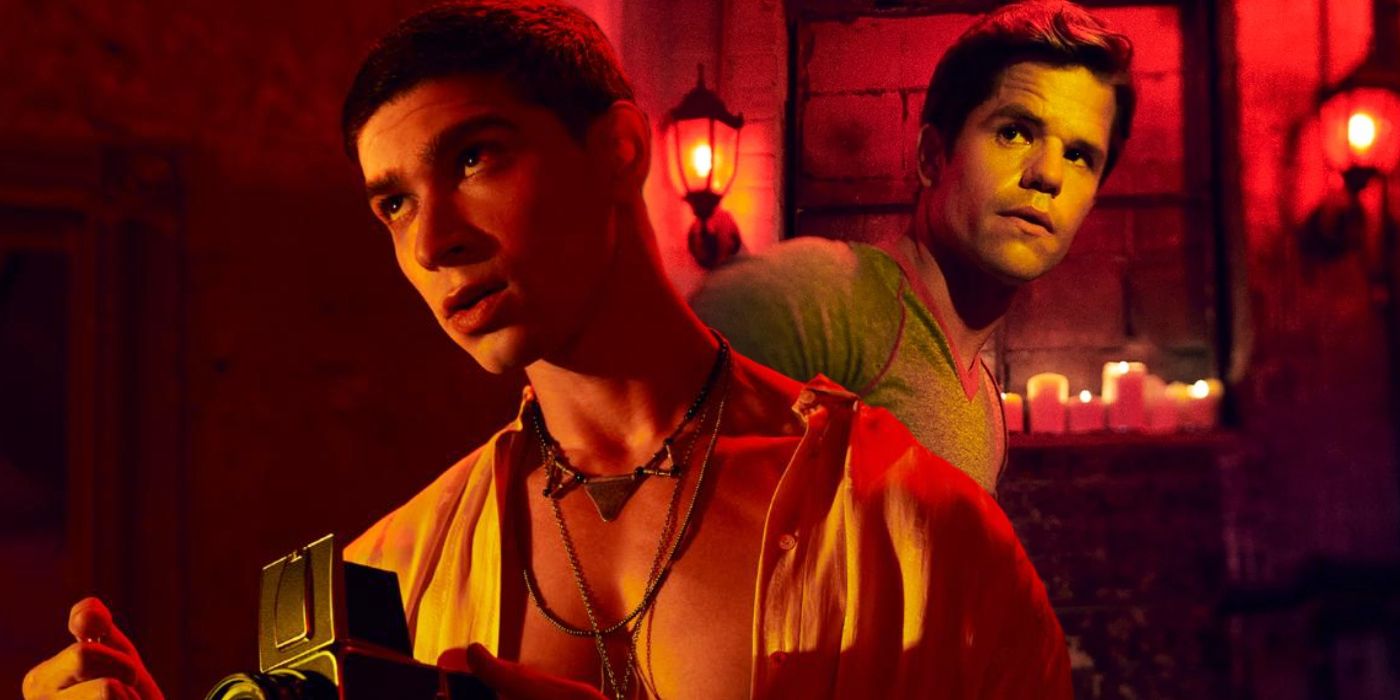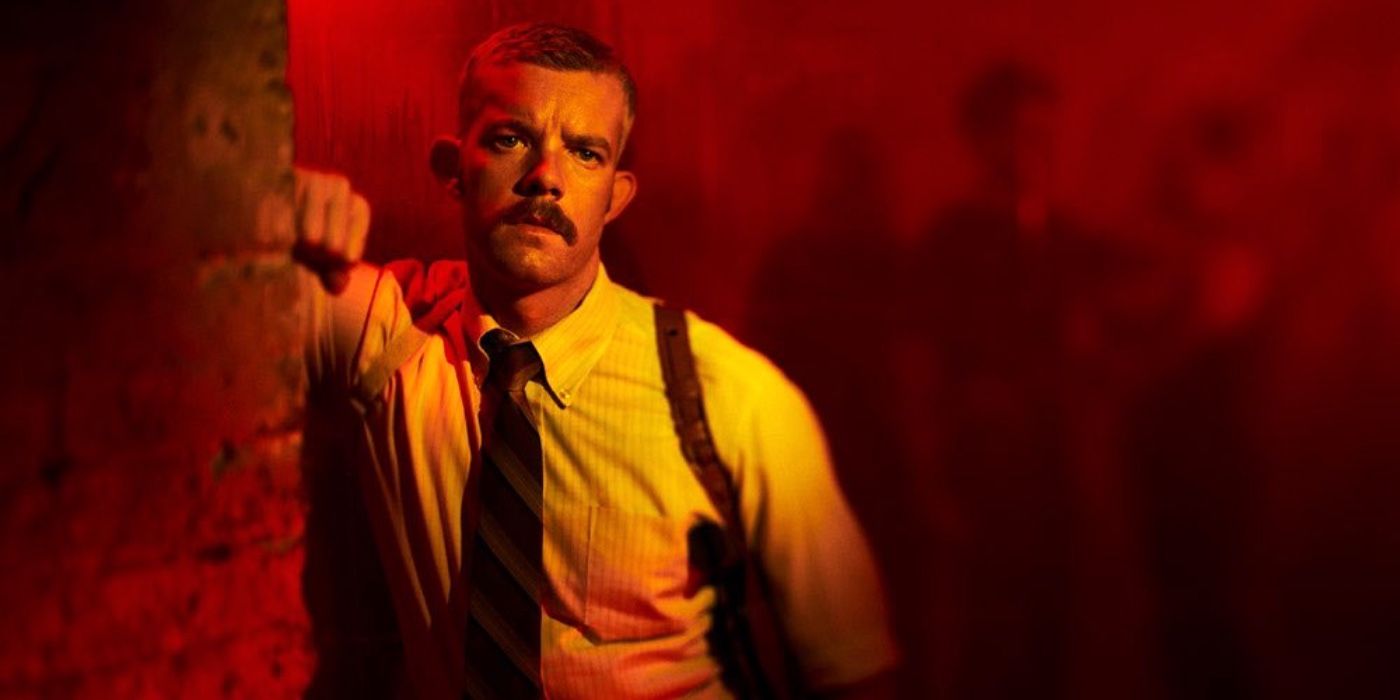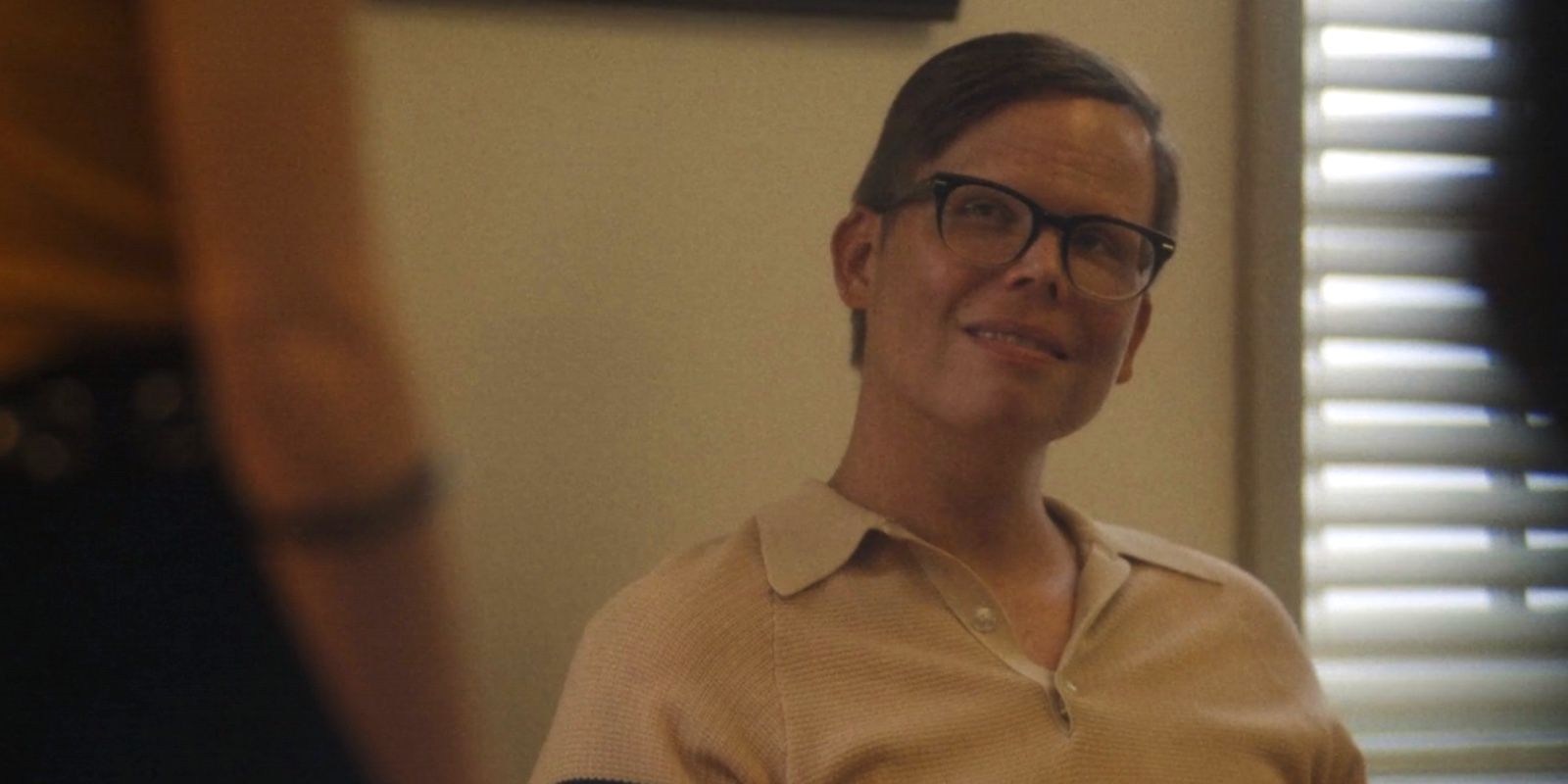Throughout its run, American Horror Story has always had the potential to be a truly unsettling horror show, and with season 11, NYC, it finally fulfilled that potential. It has been one of the most successful and longest-running of Ryan Murphy’s many projects, and NYC marks its eleventh installment. Focusing on the city of the title and, in particular, on the gay community of the 1980s allows for a significant shift in the series’ narrative and aesthetic.

In most of its seasons, the American Horror Story timeline tends to draw significantly on elements of the supernatural for its themes and storylines. Very often, this had to do with ghosts, as in Murder House and Hotel, both of which dealt with spaces where the spirits of the dead were condemned to haunt the living. However, it is also important to note that the series has also often drawn on real historical events to add a layer of authenticity, whether it was the election of 2016 in Cult or the lost colony of Roanoke in the season title of the same name.
AHS: NYC Shared A Scary Story From American History With The AIDS Epidemic

Unlike most of the other seasons of American Horror Story, however, NYC takes place entirely within the real world. While it is never named as such, the nameless plague that spreads through the city’s gay community is clearly meant to be understood as AIDS, as it shows many of the symptoms associated with the disease, most notably Kaposi sarcoma. American Horror Story season 11 largely eschews the supernatural and camp conventions of its predecessors, focusing instead on the real impacts the disease had on the LGBTQ+ community of the 1980s. In doing so, it becomes deeply and viscerally horrifying while fulfilling the “American horror story” promise.
Furthermore, American Horror Story: NYC works very hard to keep the viewer immersed in the material details. It does so by showing the various subcultures that existed in the city of the time, including the bathhouses, the leather bars, and the various gay resorts on Fire Island. At the same time, it also shows these spaces, because of societal rejection, were often all the more subject to forces determined to destroy them, whether from within (Mr. Whitely, who wants to construct a monster from body parts) or from without (the nameless virus).
Why Including Minimal Supernatural Elements Helped AHS Season 11

Rather than ghosts and vampires and aliens, American Horror Story: NYC doesn’t rely on the mysterious Big Daddy narrative by going for a much more minimalist approach to its horrors, focusing instead on more “mundane” things, including the ignorance and homophobia of the police force and the negligence of the medical establishment in the face of an unfolding medical crisis. This grounds the horror elements in a bleaker sense of realism, making American Horror Story’s signature chills all the more impactful. After all, if these things actually happened in the real world, then they can happen again, a truly terrifying prospect.
American Horror Story: NYC marks a key change in the dominant ethos of this notable horror anthology series, and in doing so, it fixed its own mistakes from Double Feature. In dispensing with the supernatural and camp elements of previous seasons, it shows what can be done when a modern horror show drills down into the terrifying elements of the real world and real history. By drawing on the real horrors of America’s past–particularly as they have impacted members of the LGBTQ+ community–American Horror Story season 11 shows how truth is not only stranger but more frightening than fiction.




